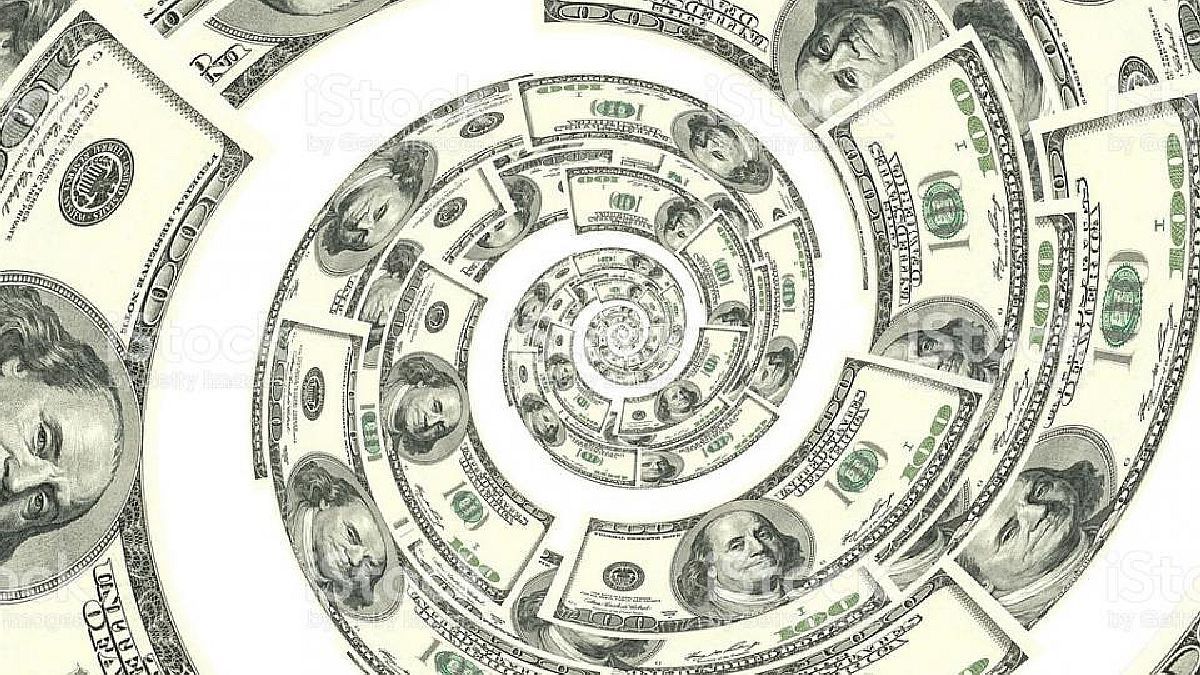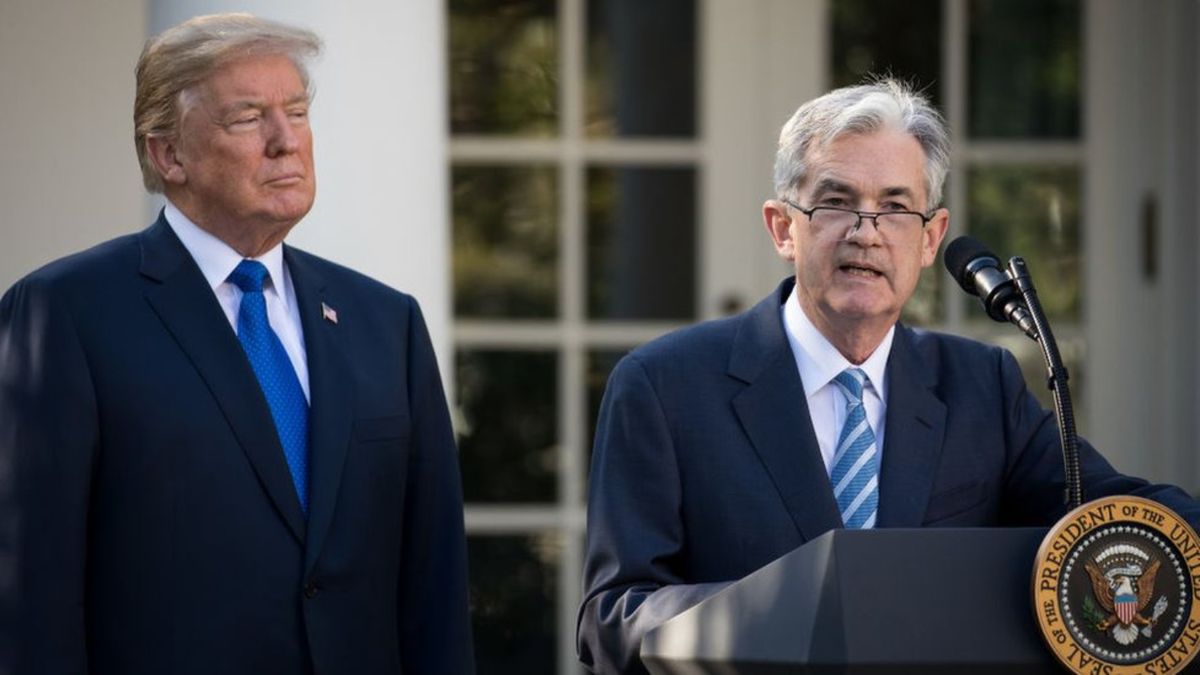Where a restriction is born, a new dollar curl is born. It is a very common phrase in the financial circle and many take advantage of the small gaps that appear in the exchange rate gap to generate an additional return.
Where a restriction is born, a new curl in dollar. It is a very common phrase in the financial circle and many take advantage of the small gaps that appear in the exchange gap to generate an additional return when carrying out an operation with financial assets. In this case, ariel sbdar title of coconuts capital he explained in his X account, an alternative for more experienced investors.
The content you want to access is exclusive to subscribers.
As explained by the owner of the fintechthe new “loop” is produced through arbitration between ON and CEDEARs with bonds in dollars -in this case, the AL30-.


Dollar: How does it work in a new loop?
As explained by Sbdar, if you have ONs, CEDEARs in your portfolio, the implicit exchange rate of said assets is approximately 5% higher than the AL30. So, what you can do, always checking that the exchange rate is given correctly and that it is less than USD 40k per week, is:
1) you sell ON, CEDEAR vs ARS (better if it is in ci)
2) “open” MEP dollar purchases via AL30
Ready, you’re back in “USD” but 5% better than before. After 15 days of the operation, you will be able to repurchase the ONs or the CEDEAR using USD.
It is very important to keep in mind that to buy open USD MEP you do not have to have operated against D assets that are not ALs and GDs, check this carefully because otherwise you will not be able to buy MEP for AL30.
embed
I IMAGINE THAT EVERYONE IS ALREADY DOING THIS “ARBITRATION” TO EARN ~5% IN DOLLARS, RIGHT?
HOW DOES IT WORK?
If you have ONs, CEDEARs in your portfolio, the implicit exchange rate of said assets is approximately 5% higher than the AL30. So, what you can do, always checking that it gives you… pic.twitter.com/3SyhfvaiIU— Ariel Sbdar (@arielsbdar) August 17, 2023
A financial loop always consists of buying an asset and reselling it to another to obtain an extra return. One of them is the purchase of dollar savings and resell it at the blue dollar, another is the purchase of MEP dollar and resell it to the informal. The first currency always maintains a substantially lower value than the second exchange rate, so that price gap allows a margin of gain for the saver.
Source: Ambito
I am a 24-year-old writer and journalist who has been working in the news industry for the past two years. I write primarily about market news, so if you’re looking for insights into what’s going on in the stock market or economic indicators, you’ve come to the right place. I also dabble in writing articles on lifestyle trends and pop culture news.




